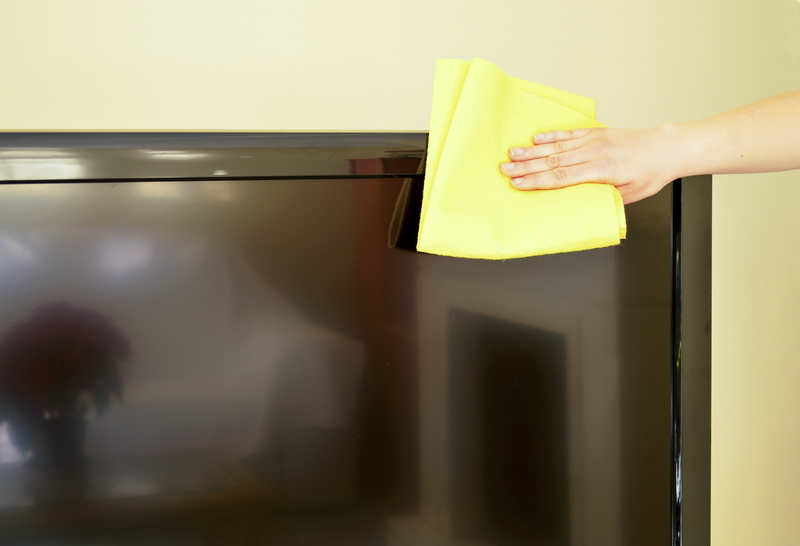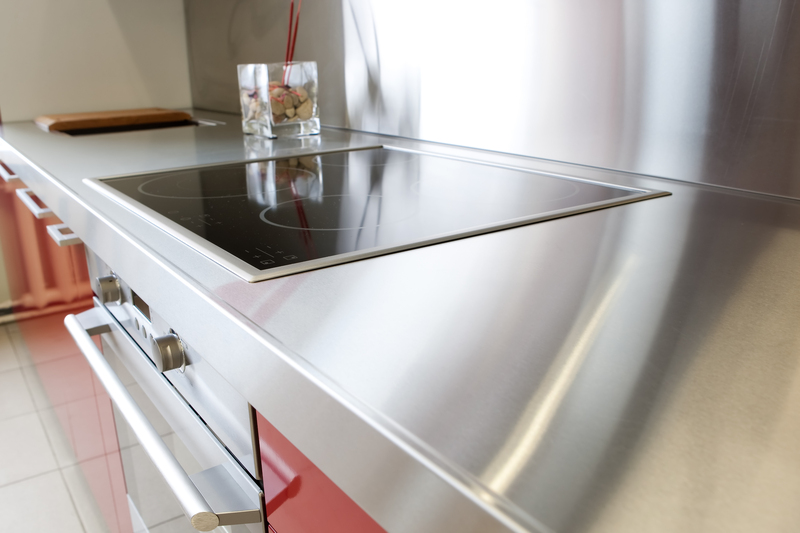Wooden floors add elegance and warmth to any home, but over time they are subject to wear and tear. From scratches and dents to more serious forms of damage like warping and gaps, maintaining a pristine wooden floor requires regular attention and care. In this article, we will discuss various techniques for fixing wooden floor imperfections and offer practical tips for both minor and major repairs.
Identifying Common Wooden Floor Imperfections
Before diving into the repair methods, it's important to first identify the type of imperfection you are dealing with. Common wooden floor imperfections include:
- Scratches and Scuffs
- Dents and Gouges
- Stains
- Warping
- Gaps between Floorboards
Each of these imperfections requires a different approach, and accurately identifying the problem is the first step toward an effective solution.

Fixing Surface Scratches and Scuffs
Surface scratches and scuffs are among the most common and easiest to fix. Here's a step-by-step guide:
1. Clean the Area: Before addressing any scratches, make sure the area is clean. Use a damp cloth to remove any dust or debris.
2. Use a Wood Floor Cleaner: Apply a wood floor cleaner compatible with your floor type to help minimize the visibility of scratches.
3. Apply a Scratch Repair Product: Use a specialized scratch repair product or wood polish. Rub it gently into the scratched area.
4. Buff the Area: After applying the repair product, use a soft cloth to buff the area until it blends in with the rest of the floor.
Repairing Dents and Gouges
Dents and gouges require a bit more effort to fix, but they can still be managed with the right tools and materials.
1. Clean the affected area thoroughly.
2. Steam Out: For minor dents, apply a wet cloth over the dent and use an iron to steam it. The steam will help the wood expand back to its original form.
3. Wood Filler: For deeper dents or gouges, use wood filler that matches your floor's color. Apply the filler with a putty knife and smooth it out.
4. Sand and Refinish: Once the filler is dry, sand the area until it is level with the surrounding floor. Apply a finish that matches the rest of your floor.
Treating Stains
Stains can be an eyesore, but they can often be removed or minimized with the right approach.
1. Identify the Stain Type: Depending on whether the stain is water-based, oil-based, or pet-related, the treatment will vary.
2. Water Stains: Use a mixture of baking soda and water to form a paste. Apply it to the stain and let it sit for a few hours before wiping it away.
3. Oil Stains: For oil-based stains, mineral spirits or a baking soda paste can be effective. Apply it to the stain, let it sit, then scrub gently.
4. Pet Stains: Enzymatic cleaners are best for breaking down the organic compounds in pet urine. Apply as directed by the product.
Handling Warping and Gaps
Warping and gaps are typically more serious and may require professional intervention, but some can be managed on your own.
1. Warped Boards: For minor warping, you can try placing a heavy object on the warped area to flatten it out. Extreme warping usually needs boards to be replaced.
2. Gaps Between Boards: Use rope or wood filler that matches your floor color to fill gaps. For more severe cases, you may need to re-nail the boards or insert splines.
Tips for Long-lasting Wooden Floors
1. Use Rugs and Mats: Place rugs in high-traffic areas to reduce wear.
2. Regular Cleaning: Sweep and mop regularly to keep the floor free of debris that can scratch the surface.
3. Felt Pads: Attach felt pads to the legs of furniture to prevent dents and scratches.
4. Humidity Control: Maintain consistent indoor humidity to avoid warping and gaps.
5. Professional Maintenance: Consider hiring professionals for periodic deep cleaning and re-finishing.
Pros and Cons of Wooden Floor Repairs
Pros:
- Cost-effective compared to full floor replacement.
- Enhances the lifespan and appearance of your floor.
- Can be a DIY project with the right tools and knowledge.
Cons:
- Time-consuming process.
- Some repairs may not completely restore original appearance.
- May require professional help for major issues.

Takeaways
- Wooden floors require consistent care and maintenance.
- Identifying the type of imperfection is crucial for choosing the right repair method.
- Simple tools and materials can fix many minor issues, while severe damage might necessitate professional services.
Conclusion
Fixing wooden floor imperfections doesn't have to be a daunting task. By identifying the type of damage and using appropriate repair techniques, you can restore the beauty and functionality of your floors. Regular maintenance and preventive measures will also go a long way in keeping your wooden floors looking their best. For more extensive damage, don't hesitate to seek professional help to ensure the best results.



